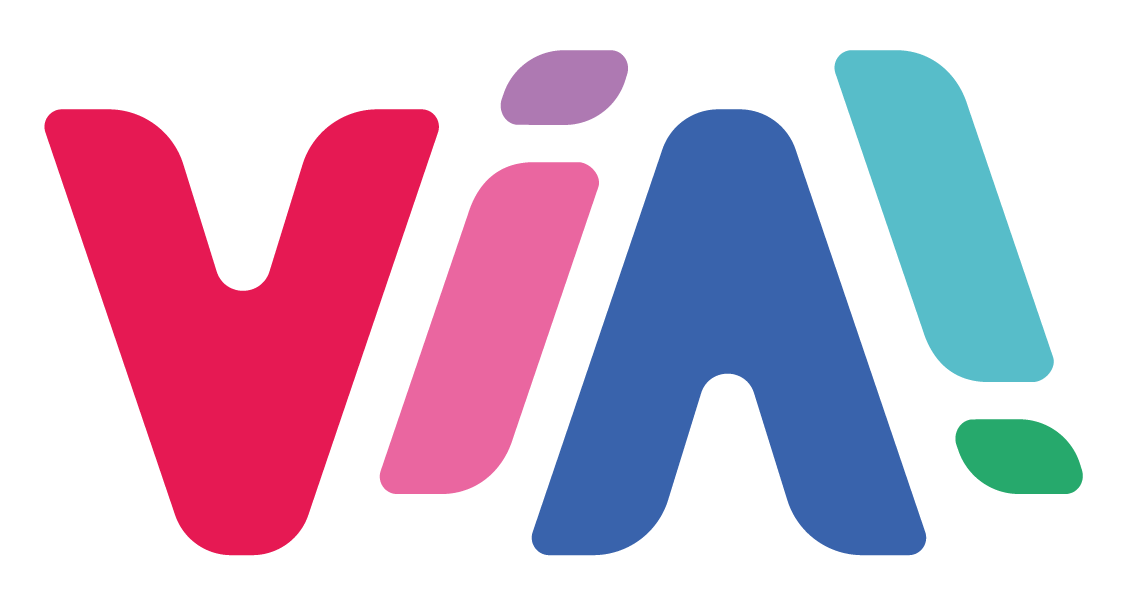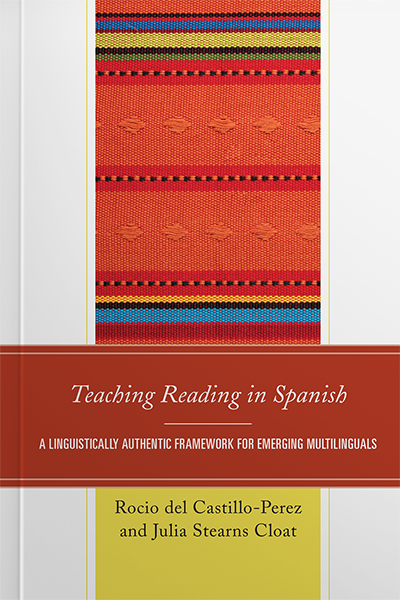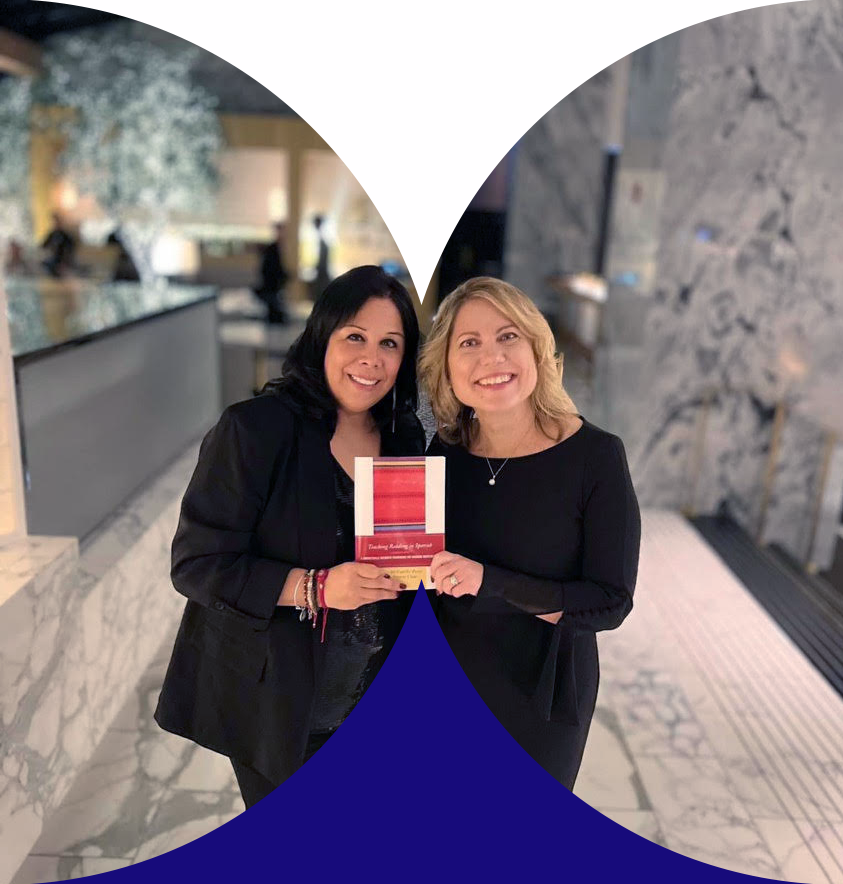

Topics Covered in This Book
The 4 Key Anchors of our work are woven throughout the book and are more than a theoretical framework, they are a reflection of who we are and principles for instruction that create environments for success.
- Equity
- Additive Multilingualism
- Asset Based Pedagogies
- Culturally and Linguistically Relevant Curriculum & Instruction
The Spanish Reading Tapestry is a cognitive framework for critical components of reading skills in Spanish. Our book provides a comparative analysis of the foundations skills in Spanish and English so teachers are able to facilitate cross-linguistic connections. Teaching Reading in Spanish answers the most common questions that dual language and bilingual teachers ask, including, How do we actually teach students to read Spanish? and introduces the DCC Lectura Method for teaching reading.
Stages of Reader Development provide a structure for getting to know your students as readers and setting your instructional intentions. Practical tools such as the Student Interest Inventory, Family Knowledge Inventory, and the Formative Assessment of Reader Characteristics, which can be found on the assessment section of this website, will help teachers build relationships with their students and determine the stage of reader development.
DCC Lectura’s Leveling Instrument provides a practical guide to leveling authentic books. Using the Leveling Instrument, teachers will be able to level books that are already in their classrooms.
Teaching Reading in Spanish provides teachers with the pivotal characteristics at a given level of text. Knowing these characteristics are helpful during the process of leveling books, while setting goals with students, and when prioritizing teaching points for small-group instruction. Exemplars of authentic Spanish texts that have been leveled using DCC Lectura’s Leveling Instrument and tables of text characteristics for each of the 21 levels can be found on our website.
Teaching Reading in Spanish provides guidance for matching readers with appropriate leveled text, considerations for determining the instructional purpose, and the process for deciding which skills to teach and what instructional methods to use to teach them.


Dr. del Castillo and Dr. Cloat talk about Teaching Reading in Spanish

Testimonials
Assessments
The Quick Check uses a combination of word lists, short books or passages, and reading rate to determine an appropriate text level to match with the reader. Much like an eye chart is used by an eye doctor to determine the approximate sharpness of their patient’s vision, the Quick Check is designed to be an initial screener that assists teachers in determining the approximate level of text that would be a good initial match for their readers.
The Quick Check uses word lists to assess students at the Emergent, Beginning and Developing Stages of Reader Development and short passages to assess students at the Transitioning, Developing Independence and Independent Stages of Reader Development.
To begin the Quick Check with students who are in kindergarten, first, or second grade, give the student the Quick Check Word Lists based on the student’s grade level.
The Quick Check Foldable Books are used to assess the reading comprehension of students at the Emergent and Beginning Rader Stages of Development. Using the directions below, teachers should a book at the appropriate level for a student to read.
To create the Quick Check Foldable Books follow these simple steps:
- Print the document, making sure to select two-sided printing.
- Keep the pages in the order in which they printed.
- Fold papers in half, creating a book.
- Flip through the book to make sure that the pages are in order.
- Staple book along the crease in three places.
Download:
The Quick Check Passages are used to assess the reading comprehension of students at the Developing, Transitioning, Stages of Reader Development and short passages to assess students at the Transitioning, Developing Independence and Independent Stages of Reader Development. Using the directions below, teachers should select a passage at the appropriate level for a student to read and have the student answer the comprehension questions. Rate, which is a reliable determining factor of reading proficiency, will also be assessed as the student reads the Quick Check Passage.
Download:
The DCC Lectura Leveling Instrument provides teachers with a way of thinking about the Stages of Reading Development (SRD) through which readers advance and a system for matching readers with the level of text that will help them progress in a developmentally and linguistically appropriate way. The DCC Lectura Formative Assessment of Reader Characteristics (FARC) is a tool that helps teachers observe and record the reader characteristics of students as students read and discuss leveled text. By using the Formative Assessment of Reader Characteristics, teachers will be able to monitor their student’s developmental progress to ensure that the leveled text being matched with the reader is the most appropriate instructional level.
Resources
The Stages of Reader Development designed by DCC Lectura provides teachers with a research-based framework for thinking about students’ reading behaviors in a way that is respectful of each student’s own biliteracy journey, while still maintaining the rigor of grade-level standards. Teachers simply identify the reader characteristics that they have observed in their students to determine the students’ Stages of Reader Development. The Stages of Reader Development are based on the Spanish version of the Common Core State Standards (2010) and the Texas Essential Knowledge and Skills (TEKS, 2017).
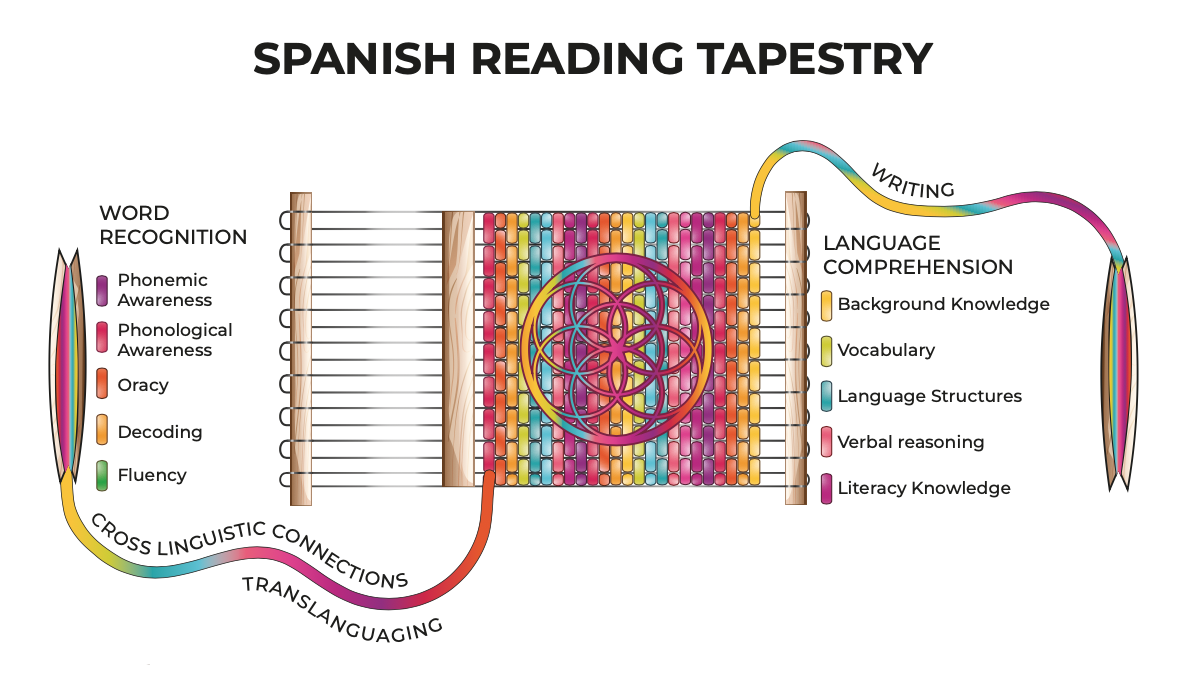
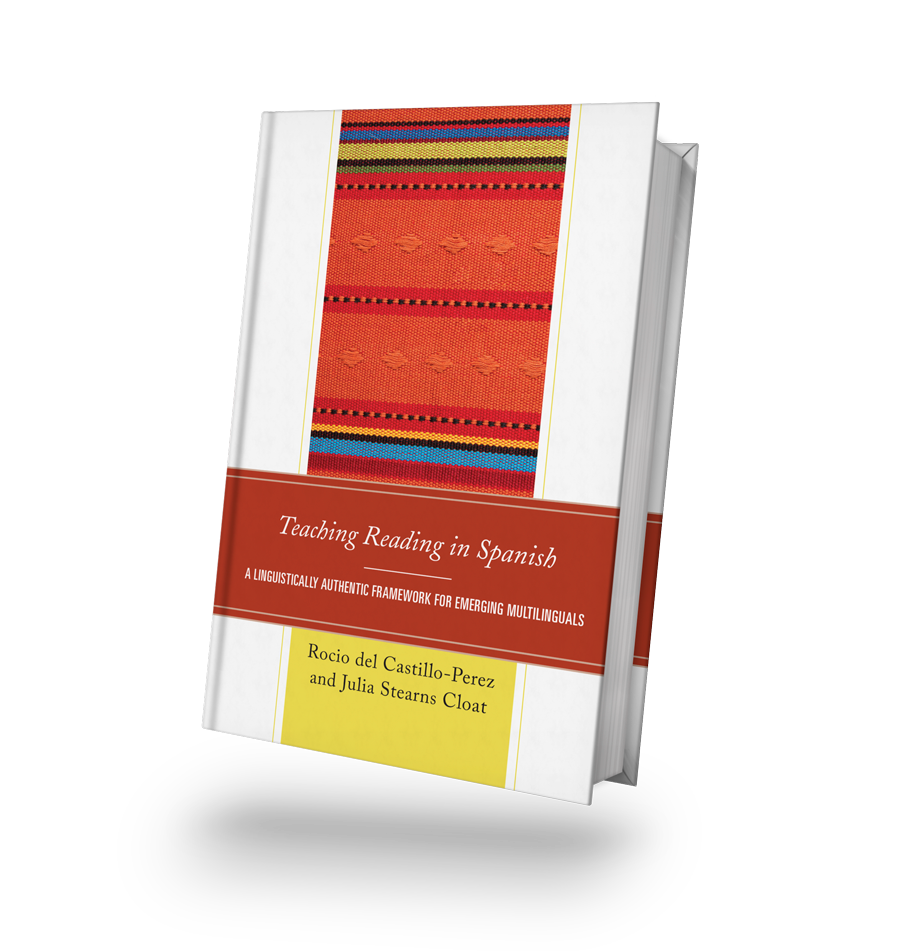
Contact Us for More Information
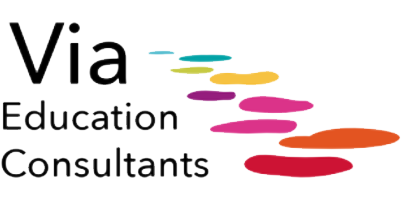
Our mission is to provide Practical and Equitable Solutions to Schools and Districts on the Path Toward Culturally and Linguistically Responsive Education.

